Breaking Boundaries, One Tee at a Time
The Rise of the Genderless T-Shirt in Modern Fashion In recent years, the fashion industry has begun to radically shift its perspective on identity, fluidity, and inclusivity—and one humble item has become an unlikely symbol of this cultural revolution: the T-shirt. Once seen as a basic wardrobe staple, the T-shirt has evolved into a blank canvas for self-expression, social commentary, and now, the embodiment of genderless fashion. The genderless T-shirt movement isn’t just about unisex sizing or neutral colors—it’s about eliminating the binary codes traditionally used in clothing design. As consumers reject outdated stereotypes, brands are responding with apparel that transcends gender norms. This shift is creating avirex progressive aesthetic that’s not only reshaping closets, but also redefining how society thinks about identity. In this blog, we explore how genderless T-shirts rose to prominence and why they represent something much bigger than just a trend—they’re the future of fashion. The Rise of the Genderless T-Shirt in Modern Fashion
The Evolution of Gendered Clothing in T-Shirt Design
Historically, clothing has been categorized into distinct male and female segments, with differences in tailoring, fit, color, and even material. T-shirts were no exception—men’s tees were boxier and larger, while women’s tees were slim-fit, often cropped or form-hugging. This created a divide that extended beyond style, reinforcing societal roles and limiting self-expression. Over time, especially from the early 2010s, fashion began breaking free from these limitations. Influenced by movements advocating for gender equality, LGBTQ+ rights, and body positivity, a generation of designers started exploring non-gendered clothing silhouettes. The T-shirt, with its universal shape and adaptability, became a natural medium for these ideas. Slowly, the concept of gendered T-shirts began to feel restrictive and unnecessary, paving the way for a more fluid approach.
Streetwear’s Role in Shaping Genderless Trends
Streetwear has long blurred gender lines, often prioritizing comfort, function, and attitude over tradition. Street fashion’s roots in rebellion and youth culture made it fertile ground for genderless style to flourish. Brands like Supreme, Stüssy, and Off-White began producing tees that were boxy, oversized, and deliberately ambiguous in their styling. These were not “men’s” or “women’s” shirts—they were just cool. Influencers, skaters, rappers, and fashion-forward thinkers styled them freely, ignoring the labels. As streetwear became mainstream, its influence filtered into high fashion and global retail. What began as underground self-expression became a top-tier design philosophy. The genderless tee, with its clean lines and cultural resonance, became central to this new identity.
The Impact of Celebrities and Influencers
From Harry Styles performing in sheer blouses and painted nails to Billie Eilish’s love for oversized silhouettes, celebrity style has had a profound impact on the normalization of genderless fashion. These stars have massive platforms and unapologetically use them to challenge norms. When Jaden Smith wore a skirt in a Louis Vuitton campaign or when Zendaya walked red carpets in tailored suits, the message was clear: clothes have no gender. These moments filter into everyday fashion through social media, where influencers push the movement forward by showcasing genderless tee styling in everyday looks—tucked into cargos, layered over mesh, or paired with bold accessories. Platforms like Instagram and TikTok have made this fashion accessible and aspirational, driving consumer demand for more inclusive avirex t shirt options.
Brands Leading the Genderless T-Shirt Movement
Several forward-thinking fashion labels are at the forefront of the genderless T-shirt revolution. Labels like Telfar, Collina Strada, Phluid Project, and Eckhaus Latta have made gender inclusivity their core mission, producing clothing that defies traditional categories. Even legacy brands like Nike, Adidas, and Levi’s have introduced gender-neutral collections, responding to consumer demand for flexibility and choice. Online marketplaces now feature “unisex” or “gender-free” filters, and designers are rethinking sizing altogether—creating tees that fit a range of body types without assuming gendered proportions. These brands aren’t just changing labels, they’re rewriting the rules of garment construction, marketing, and retail.
The Design Language of a Genderless Tee
Designing a genderless T-shirt isn’t as simple as removing the gender label. It requires intentional choices in silhouette, material, color, and sizing. Genderless tees are often cut with straight lines, dropped shoulders, and generous fits to suit all bodies. Fabrics are selected for their breathability and drape rather than their association with masculinity or femininity. Color palettes range widely—from classic black and white to vibrant pinks, yellows, and teals—removing any outdated color codes. Graphics, when used, tend to be bold, abstract, or symbolic rather than overtly gendered. Typography, language, and branding are also carefully curated to resonate across identity spectrums. The result? A tee that looks good, feels great, and speaks to everyone, regardless of how they identify.
The Power of Representation and Identity
Clothing is deeply personal, and the freedom to wear what feels authentic can be empowering. For many non-binary, trans, or gender-nonconforming individuals, the genderless T-shirt isn’t just a trend—it’s a statement of visibility. Representation matters, and when brands feature diverse models wearing inclusive designs, it sends a powerful message: you belong. Wearing a genderless tee can feel like an act of liberation, a rejection of societal boxes and expectations. It invites others to rethink their own perceptions and fosters a culture of acceptance. Beyond aesthetics, the genderless T-shirt has become a quiet tool of identity-building, offering people space to exist more fully and freely.
Consumer Demand and the Future of Retail
The rise of the genderless tee reflects larger consumer trends favoring authenticity, sustainability, and inclusivity. Gen Z and Millennials are driving this shift—they’re not just shopping for style, they’re shopping for values. Retailers are being challenged to offer more than just token unisex options. They must rethink everything from store layouts and online filters to customer service training and size guides. Brands that lead with inclusivity are seeing increased loyalty, engagement, and relevance. As fashion becomes more democratized, expect the traditional “men’s” and “women’s” departments to fade, making room for a new norm where a T-shirt is just a T-shirt—designed for humans, not roles.
Conclusion
The rise of the genderless T-shirt is more than just a fashion trend—it’s a reflection of a society in transition. As outdated norms around gender, identity, and expression begin to erode, clothing becomes a battleground for change—and a beacon of possibility. The genderless tee stands at the intersection of style, comfort, and culture. It invites people to express who they are, not who they’re told to be. It empowers brands to innovate beyond the binary. And it creates a fashion space where everyone can belong. Whether worn as a statement, a comfort item, or a creative canvas, the genderless T-shirt is redefining what it means to get dressed in the 21st century. And as long as fashion continues to evolve toward inclusion, the future of the tee looks brighter—and more boundary-breaking—than ever.


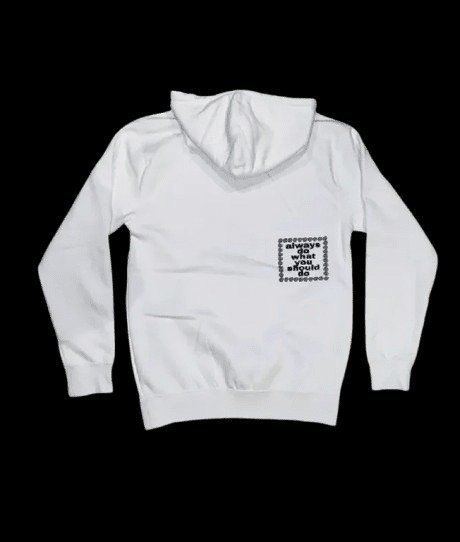
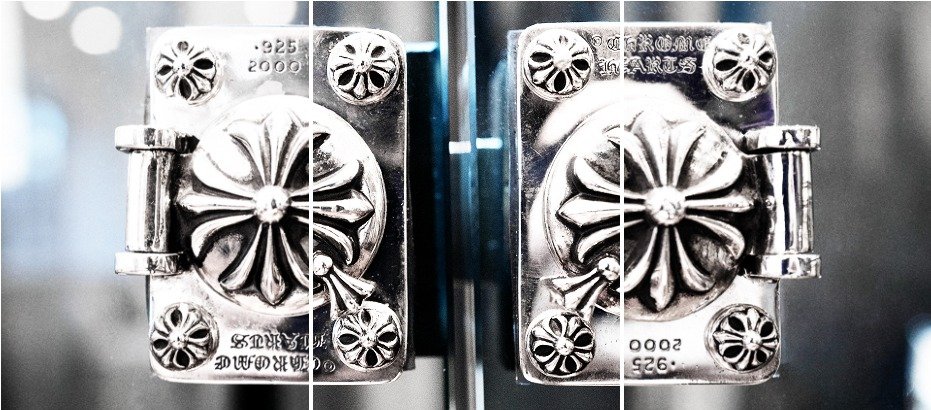
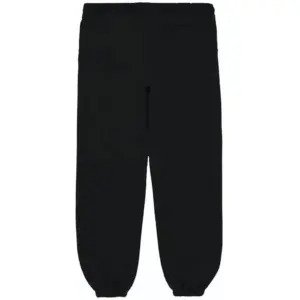
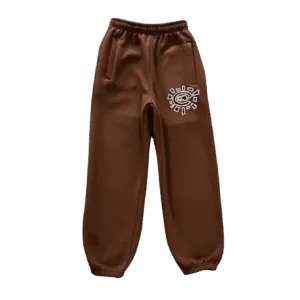
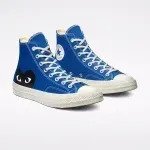
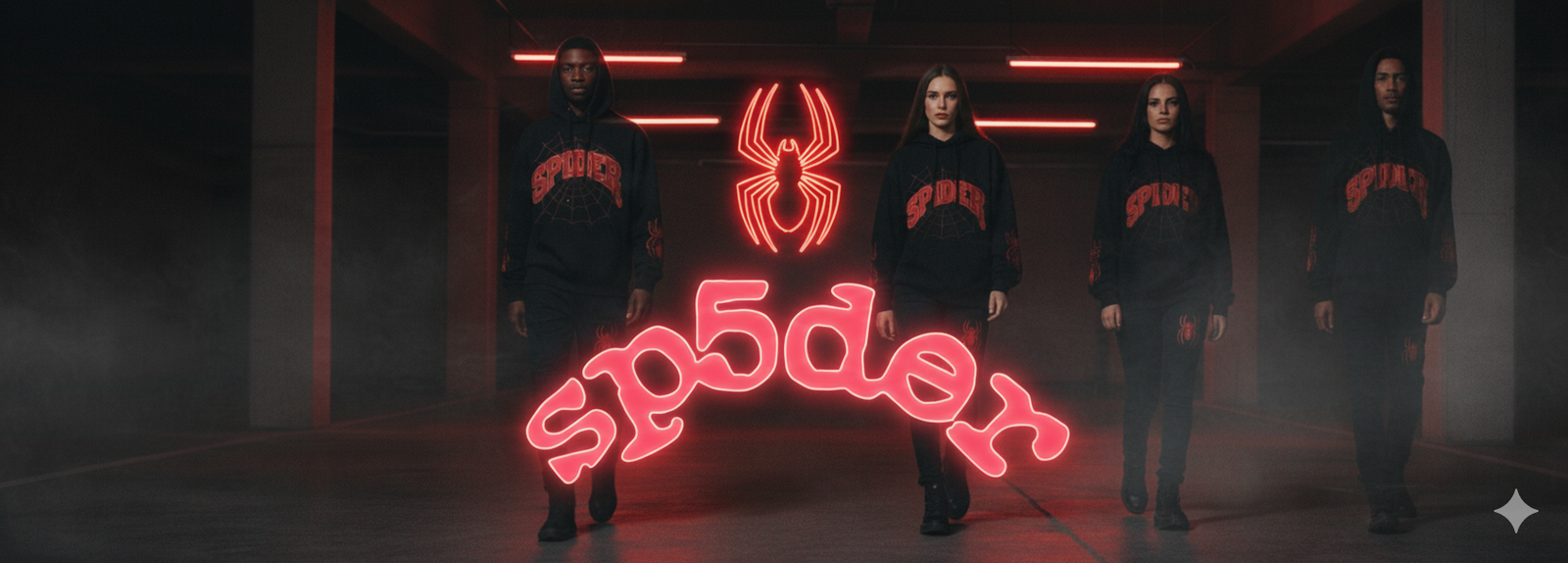

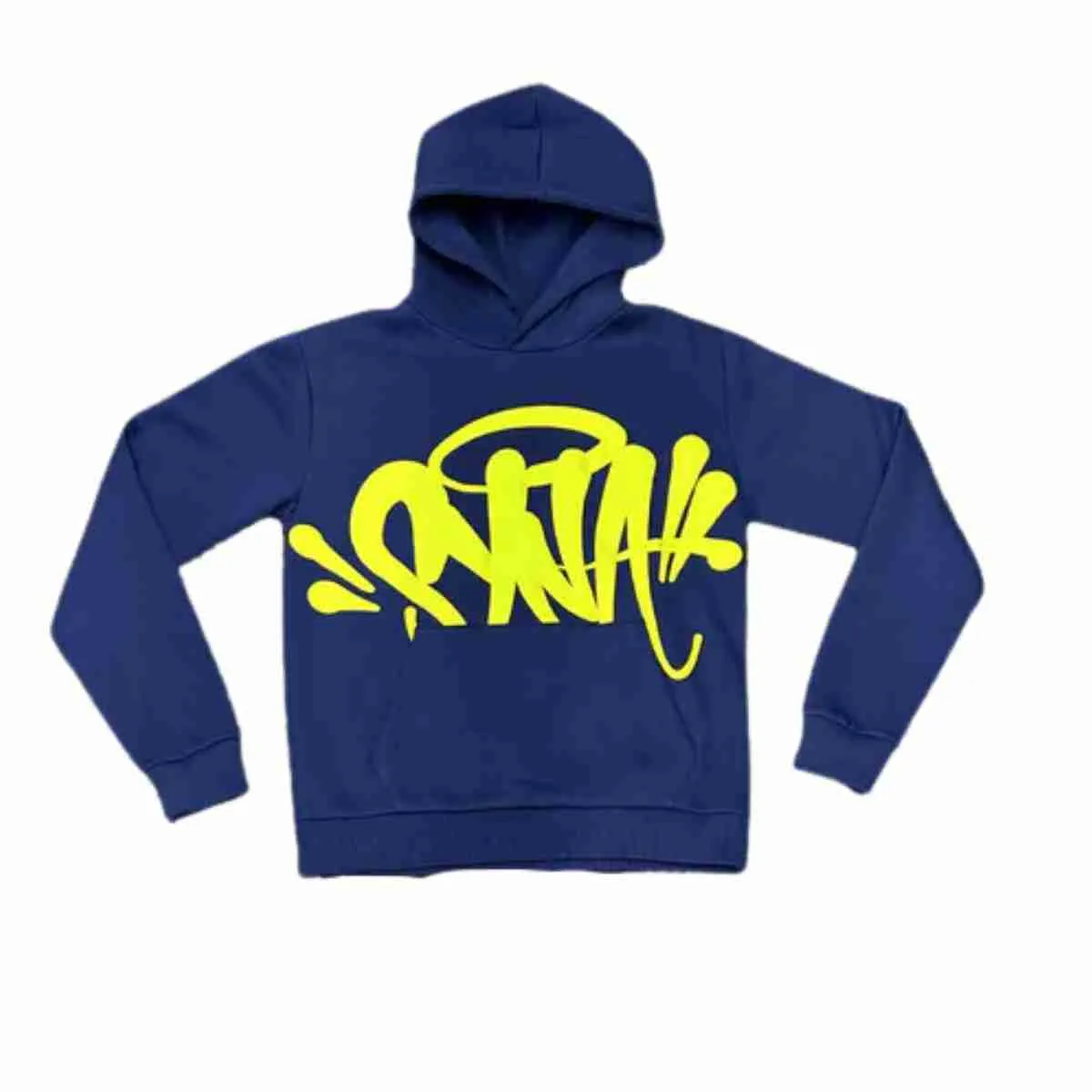
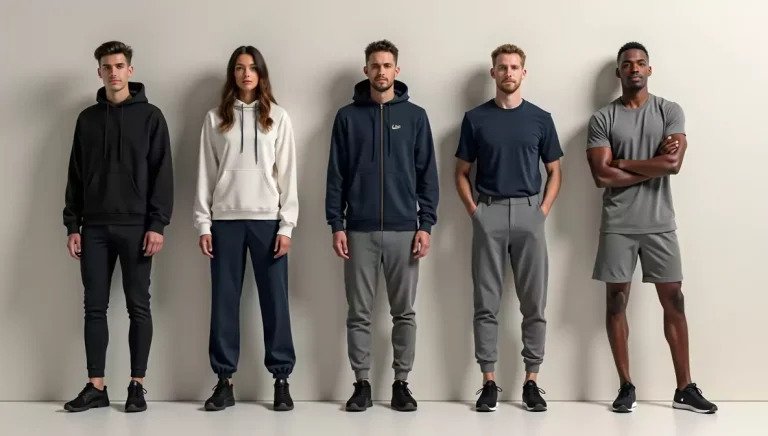




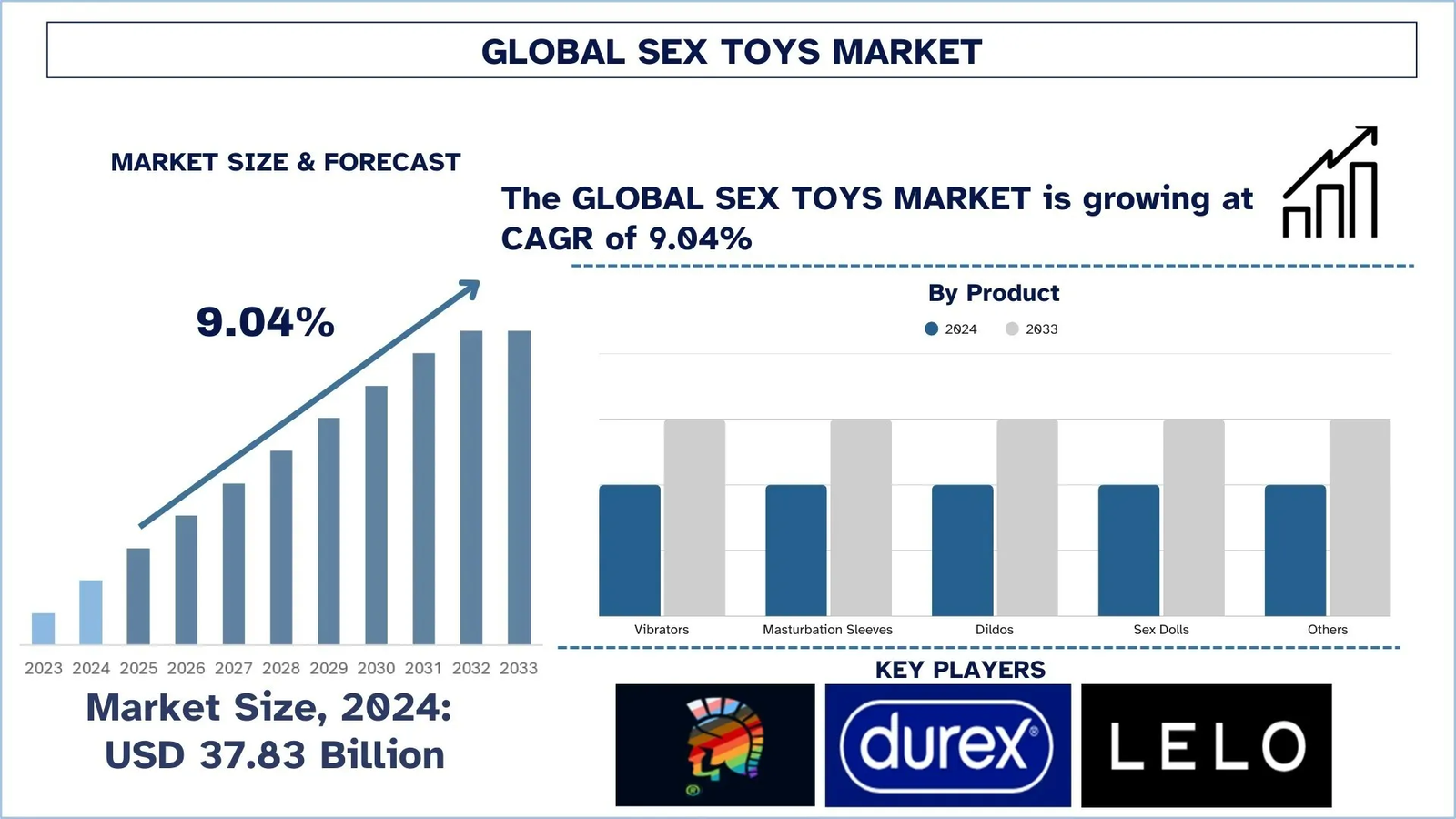
Leave a Reply